Noorooz Unveiled: The Timeless Beauty of the Iranian New Year
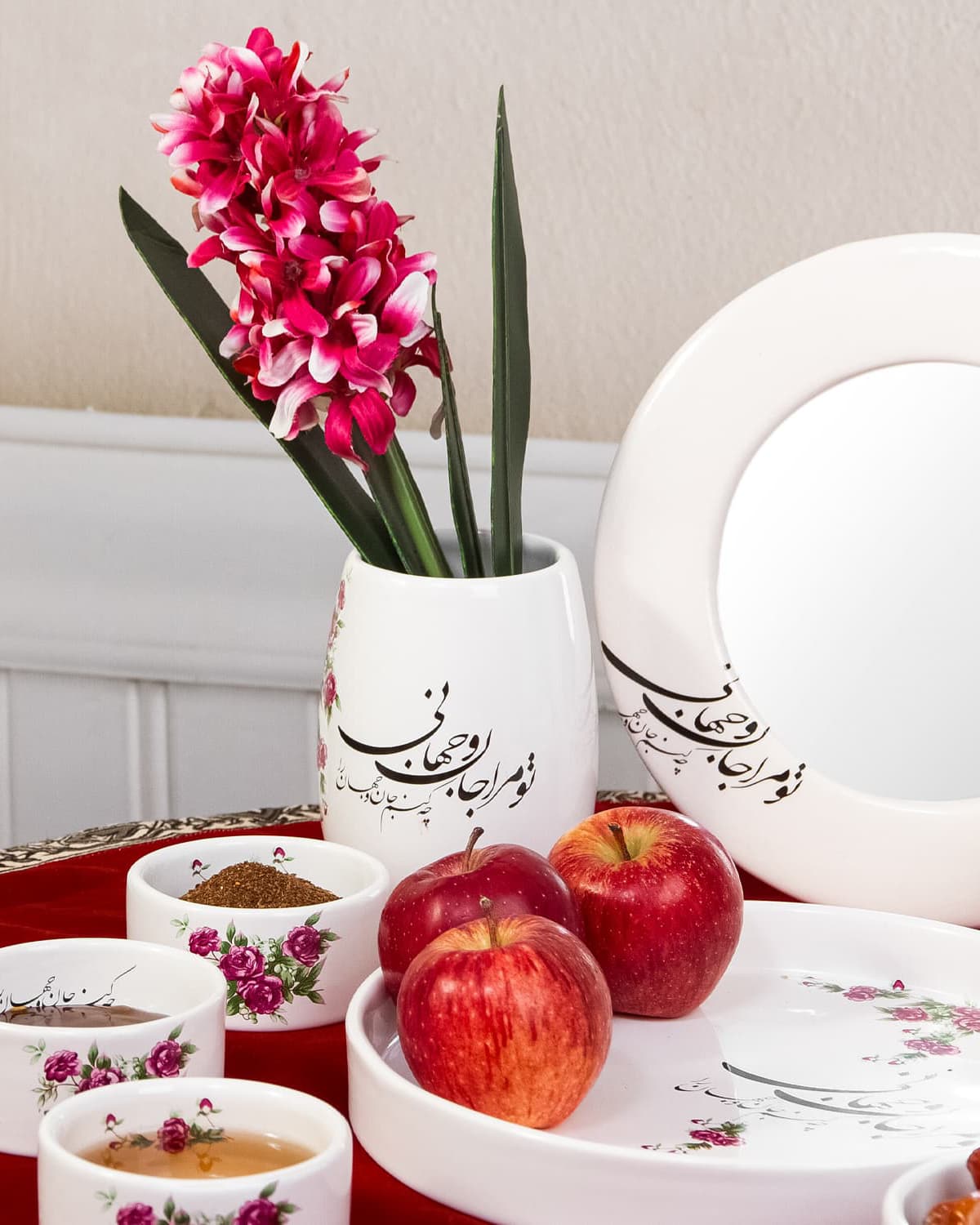
- Persis Collection
- 15 January 2025
- Blog
- 4 minutes
Noorooz isn’t just a New Year — it’s a celebration of life, light, and new beginnings. Rooted in over 3,000 years of Persian history, it marks the arrival of spring with rich traditions, symbolic rituals, and a deep connection to nature. From the vibrant Haft-Seen table to joyful gatherings, Noorooz is a beautiful reminder that every ending brings a fresh start. Let’s explore the heart and soul of this timeless celebration.Noorooz (نوروز), also referred to as Nowruz, Norooz, Novruz, Nooruz, and Nevruz, is a timeless celebration that marks the arrival of spring and the start of the Iranian New Year. This vibrant festival is deeply rooted in Persian heritage, symbolizing nature’s renewal, harmony, and prosperity. Spanning over 3,000 years, Noorooz has not only shaped Iranian culture but also influenced numerous countries, including Afghanistan, Azerbaijan, and Tajikistan.
This extraordinary festival is more than just a date on the calendar. From setting up the symbolic Haft-Seen table to enjoying delicious traditional dishes and visiting loved ones, Noorooz—and its many spellings like Nowruz and Norooz—celebrates life, unity, and the endless cycle of nature’s renewal.
The Origins and Evolution of Nowruz (or Noorooz)
Zoroastrian Beginnings: The Birthplace of Nowruz
Nowruz’s origins can be traced to ancient Zoroastrian beliefs, where it marked the victory of good over evil and the start of the agricultural season. As a festival of renewal, Noorooz (also known as Norooz or Novruz) celebrated life’s continuous cycle and the triumph of light over darkness.
The Role of Cyrus the Great in Popularizing Nowruz
Cyrus the Great, one of history’s most iconic leaders, is credited with officially establishing Nowruz as a unifying celebration in the Persian Empire. During his reign, Nowruz (or Norooz) became a central event at Persepolis, where kings received gifts from across the empire. This tradition of exchange symbolized unity and cultural pride, a sentiment that endures today.
Nowruz Across Dynasties
Throughout its history, Nowruz—sometimes referred to as Nooruz, Novruz, or even Nevruz—survived and adapted across dynasties and regions. While deeply associated with Iran, it has been embraced by other cultures, making it a shared heritage celebrated globally.
Timeless Traditions of Novruz (Nowruz, Noorooz)
The Haft-Seen Table: A Symbol of Nowruz Renewal
One of the most iconic traditions of Nowruz is the Haft-Seen table, a symbolic arrangement of seven items beginning with the Persian letter “S” (س). This display represents themes central to Noorooz and Novruz, such as renewal, health, and prosperity.
Each Haft-Seen item carries a unique meaning:
- Sabzeh (Sprouted Wheat or Lentils): Renewal and growth.
- Sib (Apple): Beauty and health.
- Samanu (Sweet Pudding): Strength and fertility.
- Senjed (Dried Oleaster Fruit): Love and passion.
- Seer (Garlic): Protection and health.
- Serkeh (Vinegar): Patience and wisdom.
- Somāq (Sumac): Sunrise and new beginnings.
Additional elements like mirrors, goldfish, and painted eggs are often included to enhance the Haft-Seen’s symbolism. Regardless of its spelling—be it Noorooz, Nowruz, or Novruz—this tradition is universally recognized as a celebration of life’s beauty and continuity.
Khaneh-Tekani: Cleansing for the New Year
Preparations for Noorooz (or Norooz) begin weeks in advance with Khaneh-Tekani, the traditional practice of deep-cleaning one’s home. This ritual reflects a fresh start, aligning with the spirit of the Persian New Year.
Family Visits and Gift Giving During Nowruz
Nowruz is as much about community as it is about renewal. Families visit elders, exchange greetings like “Nowruz Mobarak” or “Happy Noorooz,” and share symbolic gifts. Whether you celebrate it as Nowruz or Novruz, the emphasis on love and family is universal.
Chaharshanbe Suri: The Fire Festival Before Nowruz
As a prelude to Nowruz (also spelled Noorooz or Norooz), Chaharshanbe Suri is celebrated on the last Wednesday of the year. By jumping over bonfires, participants symbolically leave behind past hardships and embrace health and happiness.
Nooruz Cuisine: Celebratory Flavors for the New Year
During Nooruz (alternatively spelled Nowruz, Norooz, or Nevruz), traditional Persian dishes take center stage. These meals embody the themes of abundance, renewal, and gratitude:
- Sabzi Polo ba Mahi (Herbed Rice with Fish): Symbolizing growth and bounty.
- Kuku Sabzi (Herb Frittata): Representing fertility and freshness.
- Ajil (Mixed Nuts and Fruits): A festive snack symbolizing unity and diversity.
Each meal is carefully prepared to honor Noorooz’s message of harmony and prosperity. Whether you’re celebrating Noorooz in Iran or Novruz in Azerbaijan, these culinary traditions bind cultures together.
Nowruz Across Borders: A Global Celebration
While Noorooz (also known as Novruz or Nooruz) is deeply associated with Persian culture, it is celebrated far beyond Iran. In Azerbaijan, it is called “Novruz,” while in Turkey, it is referred to as “Nevruz.” Across Central Asia, Nooruz is celebrated with regional variations, showcasing the festival’s adaptability and universality.
The United Nations recognized March 21 as International Nowruz Day, reflecting the festival’s cultural and historical significance on a global scale.
Celebrating Noorooz with Modern Touches
Noorooz has seamlessly blended ancient customs with modern innovations. Today, digital platforms make it easier to connect with loved ones, even across continents. Online stores like Persis Collection ensure that you can purchase authentic Noorooz (or Norooz) essentials—from Haft-Seen items to Norooz gifts—no matter where you are in the world.
FAQs:
- What is the difference between Noorooz, Nowruz, and Novruz?
There is no difference! Noorooz, Nowruz, and Novruz are simply different spellings of the Persian New Year, reflecting linguistic variations across regions. - What items are essential for the Haft-Seen table?
The Haft-Seen includes Sabzeh, Sib, Samanu, Senjed, Seer, Serkeh, and Somāq. Other symbolic items like mirrors and goldfish are often added. - How can I greet someone celebrating Nowruz?
You can say “Nowruz Mobarak,” “Happy Noorooz,” or “Happy Navroz,” depending on the region. All greetings express wishes for joy and prosperity. - Where can I buy Norooz gifts and decorations?
You can purchase authentic Norooz items, gifts, and decorations at Persis Collection, the largest online Persian shopping gallery offering worldwide delivery. - Is Nowruz celebrated in countries outside Iran?
Yes! Noorooz is celebrated in Afghanistan, Azerbaijan (as Novruz), Turkey (as Nevruz), and other parts of Central Asia. - How long does Noorooz last?
Noorooz celebrations last for 13 days, concluding with Sizdah Bedar, a day spent outdoors connecting with nature. - What is Sizdah Bedar, and why is it important?
Sizdah Bedar marks the 13th day of Nowruz, where families celebrate outdoors to symbolically discard misfortune and embrace positivity. - What foods are traditionally served during Noorooz?
Dishes like Sabzi Polo ba Mahi, Kuku Sabzi, and Ajil are popular during Noorooz, symbolizing abundance and renewal. - What is the meaning of “Nowruz Mobarak Farsi”?
It translates to “Happy Nowruz” in Farsi, the Persian language, and is a traditional greeting exchanged during the Iranian New Year. - How can I celebrate Noorooz if I live abroad?
You can celebrate by setting up a Haft-Seen table, preparing traditional Persian dishes, and shopping for Norooz essentials online at Persis Collection.






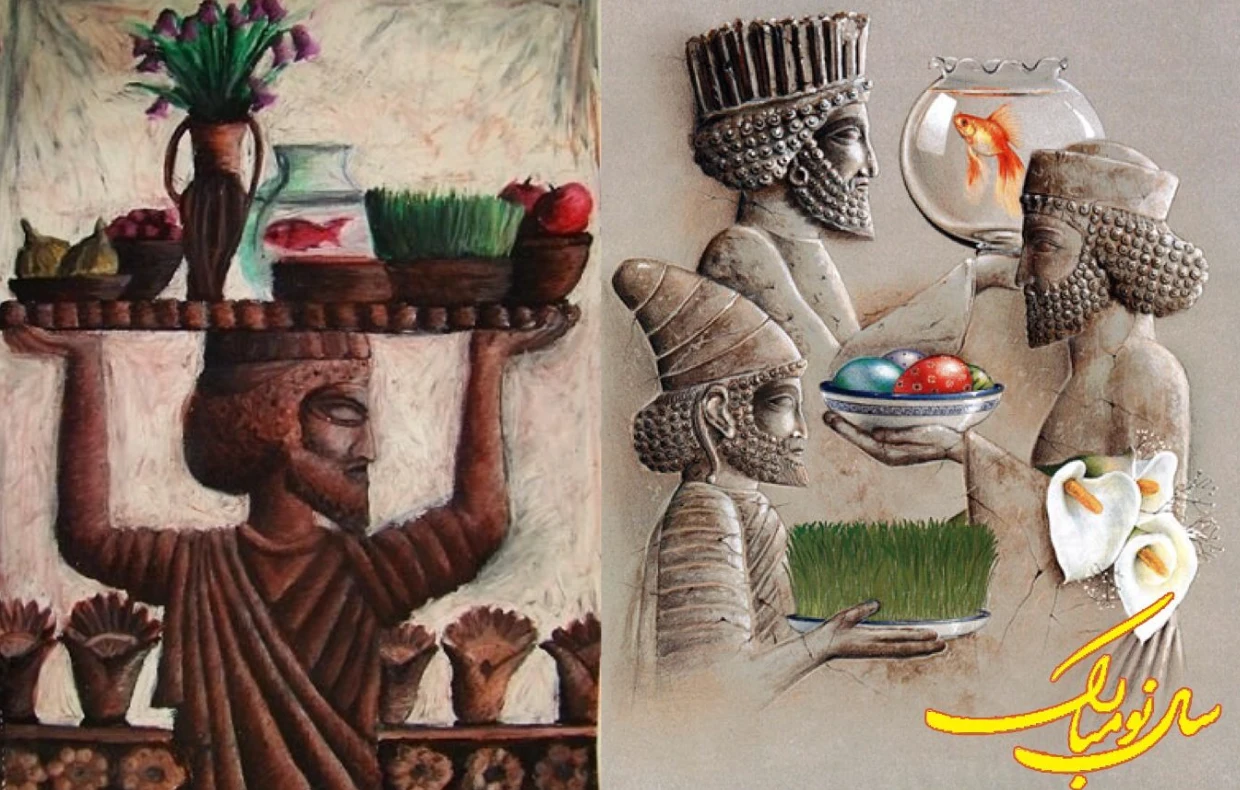
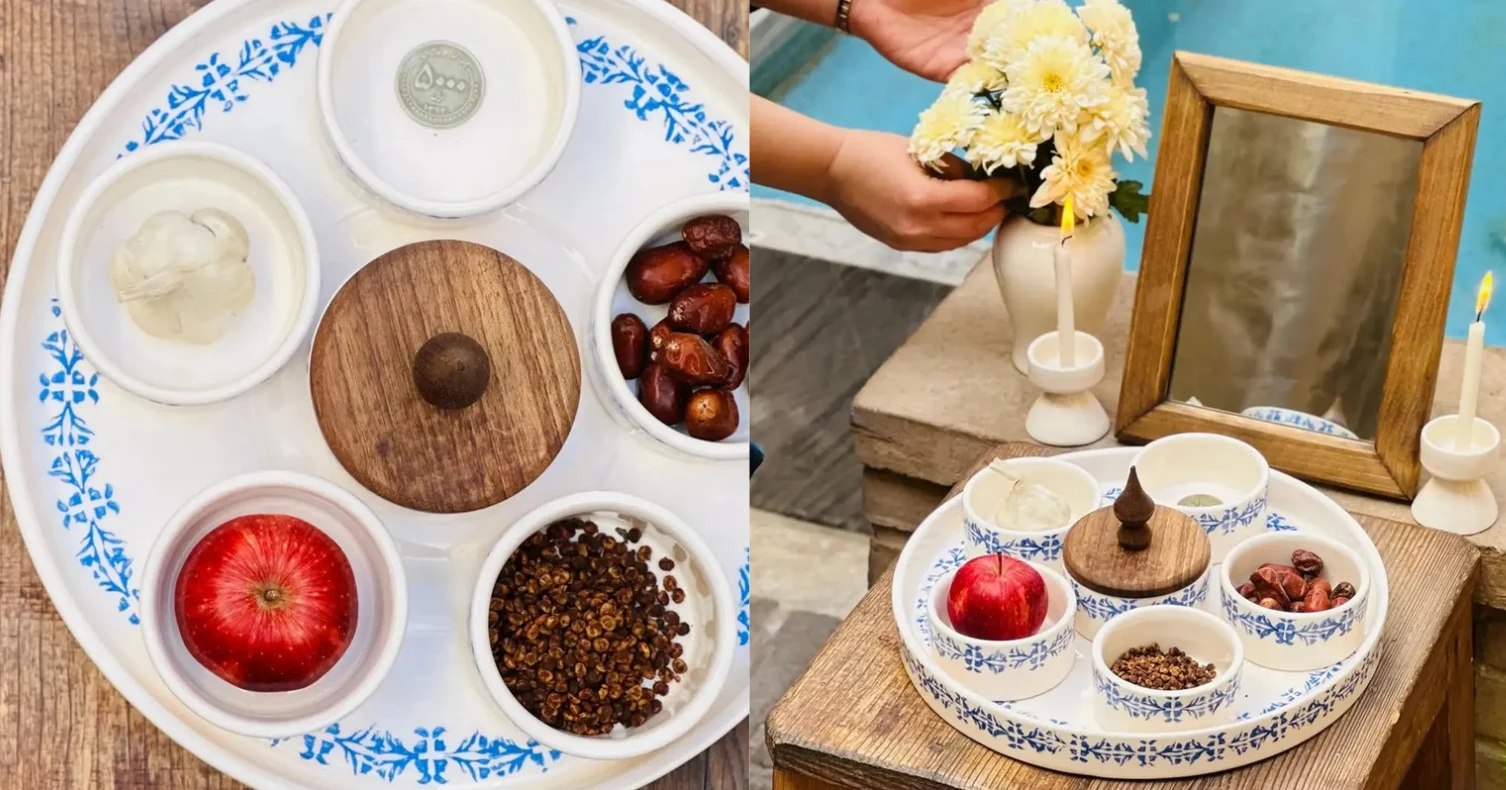


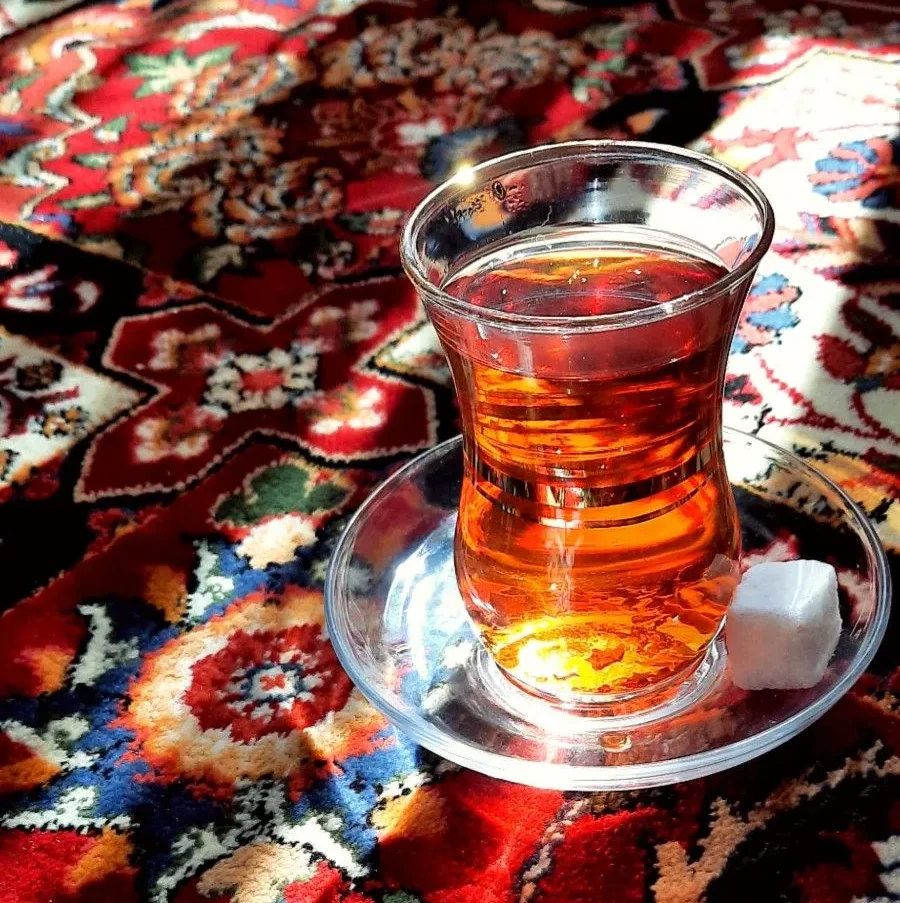
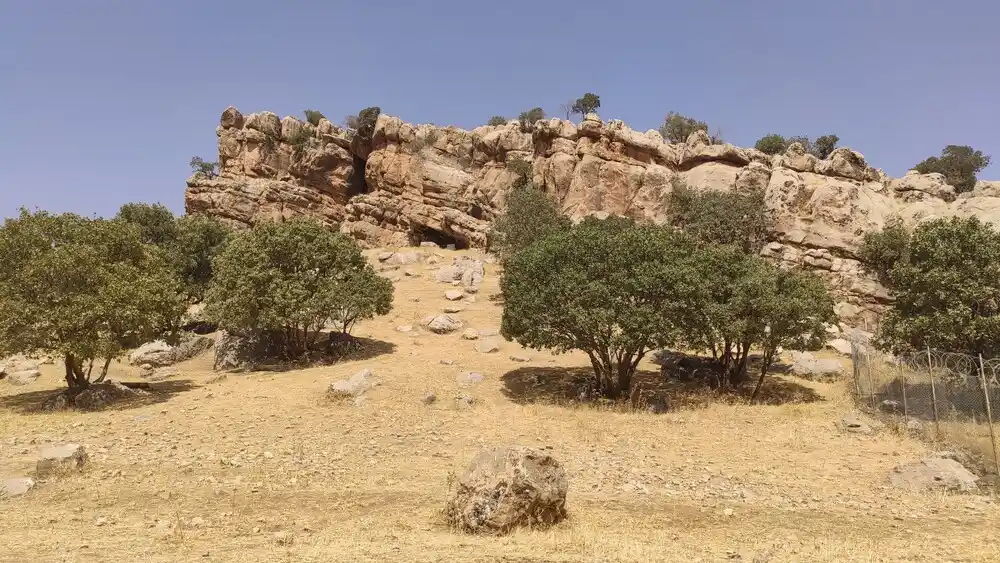
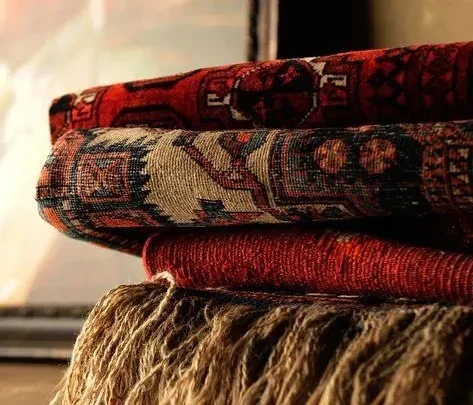
Comments